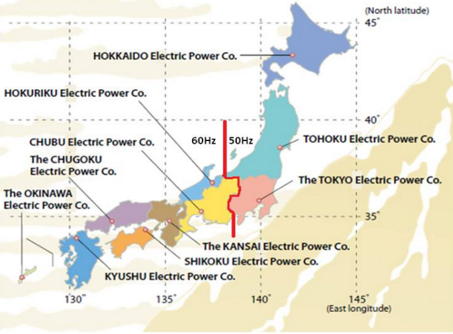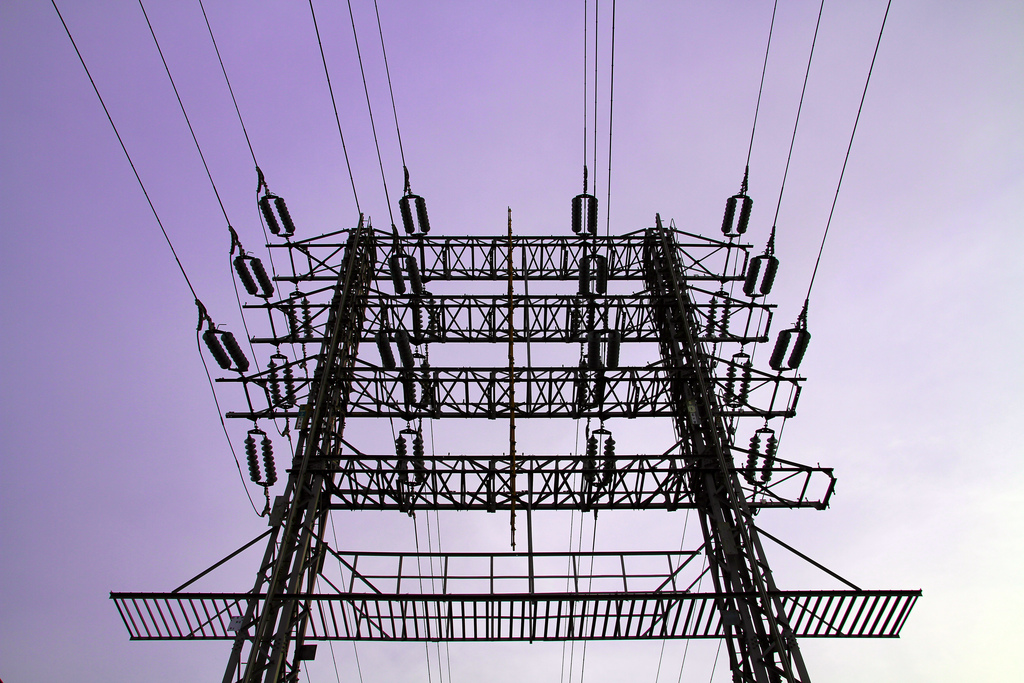For the first time, Japan transfers renewable power between regions
For the first time, excess renewable energy was transferred between two of its electricity regions in Japan - essentially the result of stripping big power utilities in the country of their regional monopolies.
In news last week from Japan, it is reported that Japan has for the first time transferred excess renewable energy between two of its electricity regions.
With the transfer of excess solar power generated with solar power plants on the Island of Kyushu to the main island of Honshu, a signal has been sent on a certain increase of flexibility in a so far rather regionalised electricity grid.
With that step the market clearly opens up to competition. Following the reforms set after the Fukushima disaster in 2011, the government stripped big power utilities of their regional monopolies and opened the retail power market to hundreds of new entrants.

Picture (above): Japan’s 10 regional power companies by service area (source: Federation of Electric Power Companies of Japan, FEPC)
So while there is a fear that the recent restart of nuclear plants could lead to a restriction on the purchase of renewable energy this year and the expected financial burden due to too much low-priced solar power, the market opening should have a positive impact.
How much it could help geothermal power projects in the market will have to be seen.
Source: Reuters


















